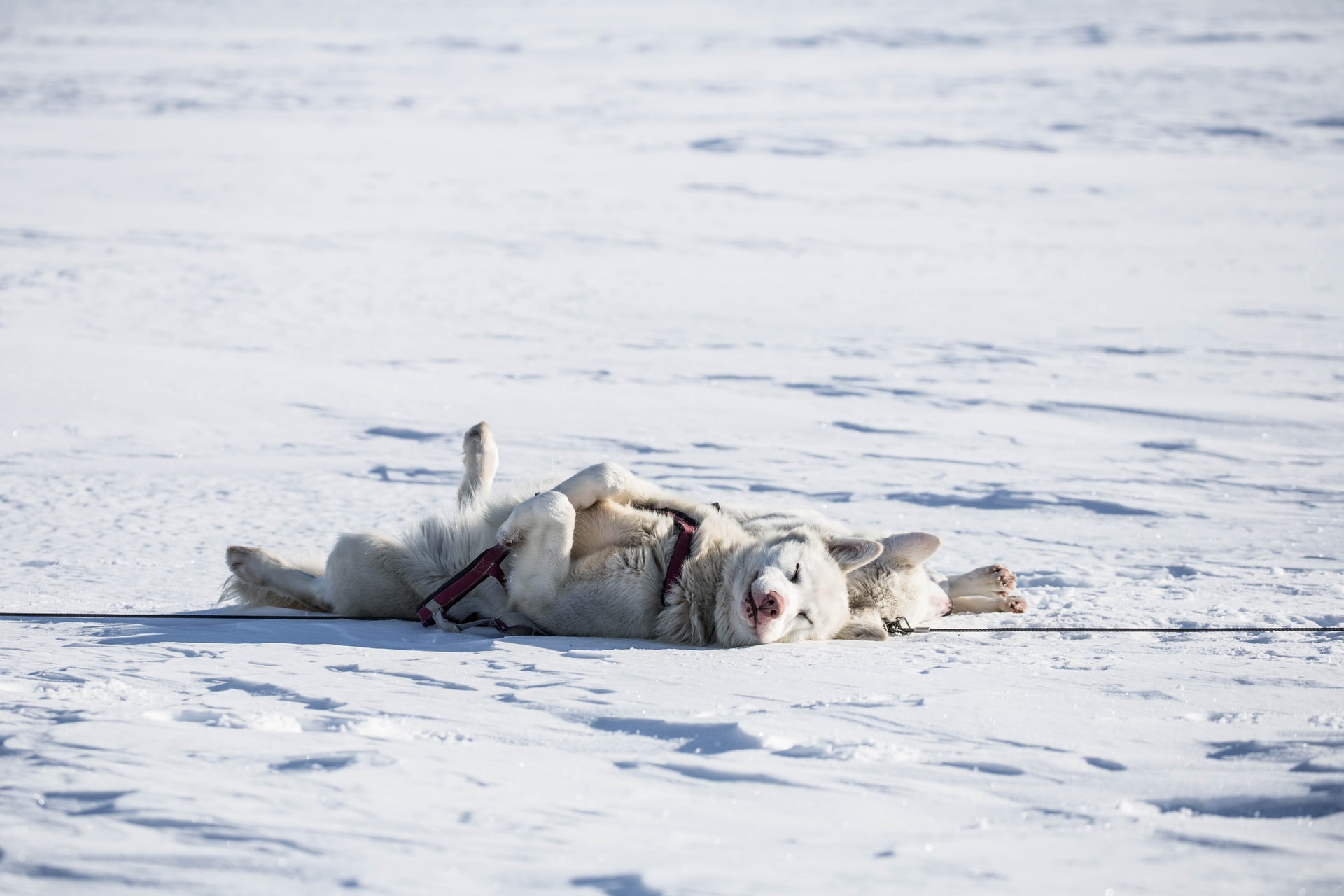
Sponsored article
The fact that a dog needs its own bed in the house is obvious. But which one is right for him? What criteria should be used when choosing a dog bed so that it is comfortable for your dog and allows him to sleep well? We will tell you how to choose the ideal dog bed for your dog.
The size of your dog’s bed is not indifferent. It is extremely important for your pet’s comfort and the quality of his sleep. If the bed is too small, your dog’s body will not be able to comfortably lie down during REM sleep, preventing it from resting properly. REM phase is very important for the functioning of dog’s body, and the state of perpetual exhaustion negatively affects its behavior, the dog becomes irritable, reluctant to play, may also begin to destroy the equipment in the house
A big enough bed is at least 10%, preferably 15% longer and the same width as its user. This size allows for comfortable and unrestricted movement. It also ensures that the pet will not fall out of it, rolling from side to side or from sternum to back. This prevents your pet from waking up multiple times during the night
It may seem that the softness of the bed doesn’t matter much, and if it does, the softer the better. However, a dog’s spine works very similarly to a human’s. Every person in their thirties knows what happens when they sleep on a too-soft mattress and after a night on a couch that collapses, they can’t straighten up for three days.
Dog beds for youngdogs can be soft because they are actually quite comfortable. Aging dogs, on the other hand (averaging five years of age and up), should sleep on slightly firmer, more stable beds. Orthopedic beds are recommended for senior dogs because they make it easier to rise from a seat, stabilize paws, and provide good support for the spine when lying down
This is another dilemma that arises when choosing a bed. In fact, it all depends on the size and fitness level of your dog. Older dogs will find flat mattresses without raised edges more comfortable, as they are easier to climb
Young and adult dogs that don’t have problems lifting their paws can sleep on a bed with edges. However, cushions, baskets or cribs are more suitable for small breeds that don’t need much space on the bed. For large breeds, flat beds and mattresses will be more comfortable, as the edges will not restrict your pet’s movement while resting
When the perfect bed, or rather beds for your pet are chosen, it’s time to think about where to place it. A dog in the house should have at least two beds – one in the living room or other place where the household members frequent, the other in the caretakers’ bedroom, so that he can spend nights with them and sleep in peace with those people with whom he feels safest
The dog should not be left alone overnight. Lack of companionship, prolonged separation from caregivers, and no way to know if everyone your pooch cares for is safe will cause anxiety to build up in your dog’s mind, which can manifest as destroying equipment, pooping on the floor, or loud squealing and howling at night
These two separate beds will give your dog complete psychological comfort and a sense of security. In the living space, place the bed in a rather quiet place, not where the most happens and there is traffic all the time, this will negatively affect the quality of your pet’s rest.
Main photo: James Padolsey/unsplash.com